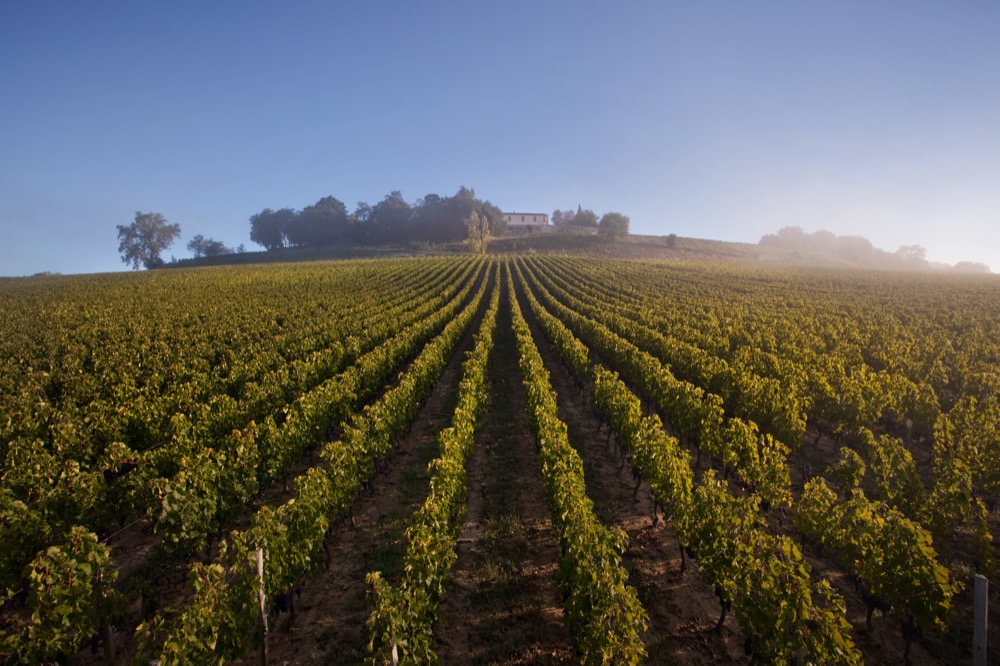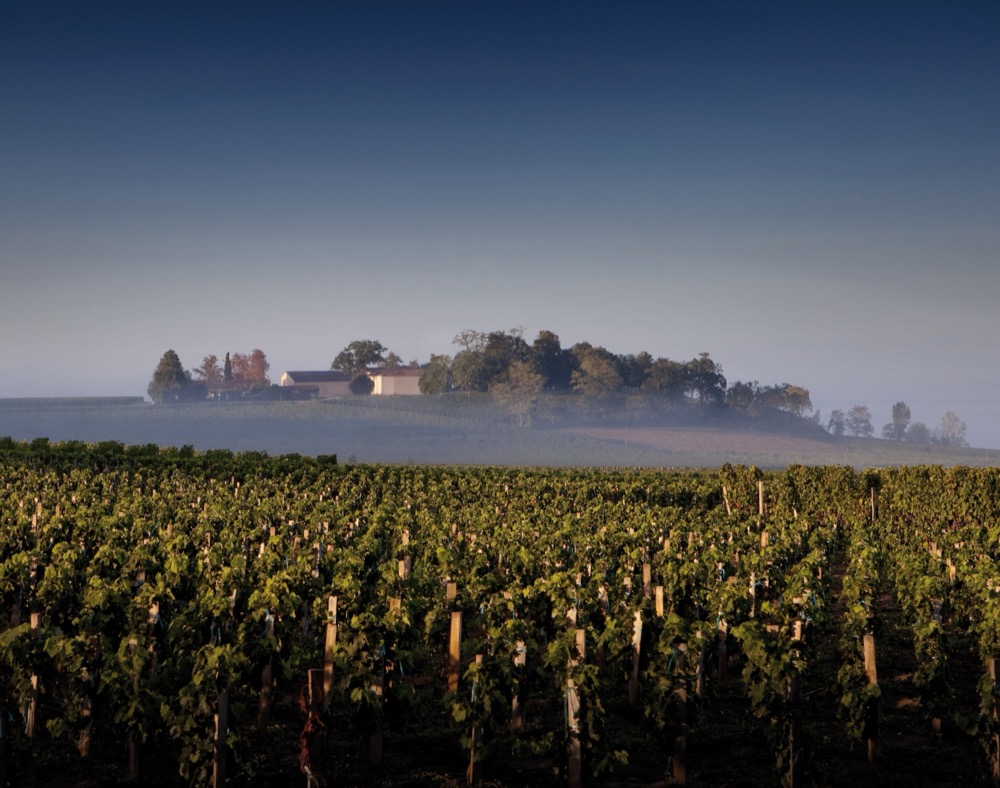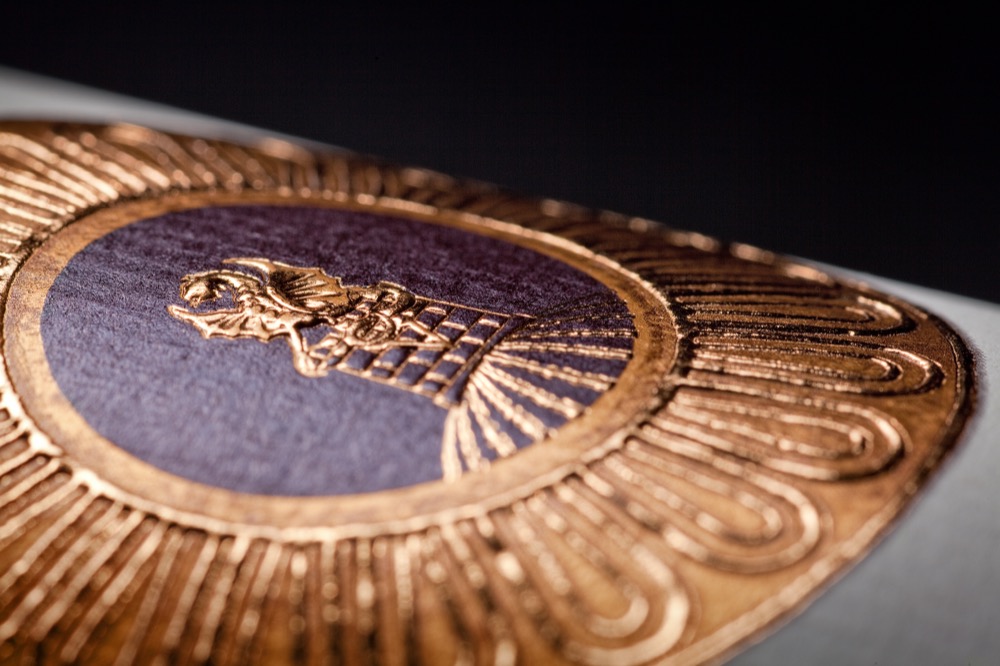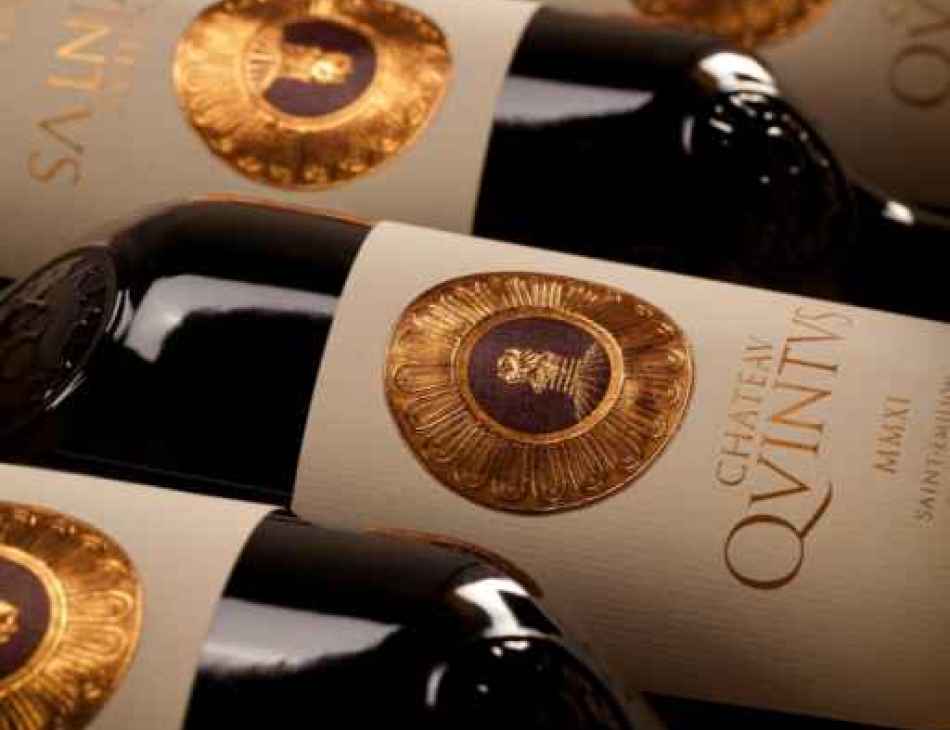Château Quintus: A Rising Star in Saint-Émilion
Perched in Saint-Émilion, Château Quintus fuses history, innovation, and stunning terroir into every bottle, proving Domaine Clarence Dillon’s winemaking brilliance!
Château Quintus
Nestled on a prominent hilltop in Saint-Émilion, Château Quintus offers stunning panoramic views of the Dordogne valley. This remarkable estate is a wonderful blend of historical charm and modern winemaking prowess.
Château Quintus is proudly owned by Domaine Clarence Dillon, a distinguished family-owned company led by Prince Robert of Luxembourg. Domaine Clarence Dillon also oversees the renowned Château Haut-Brion and Château La Mission Haut-Brion. The estate was acquired in 2011 from Count Leo de Malet-Roquefort. In a strategic move to enhance its vineyards, Domaine Clarence Dillon purchased the two neighbouring properties in 2013 and 2021.
The vineyards of Château Quintus are characterized by unique micro-climates and limestone-rich soils, perfect for growing Merlot and Cabernet Franc. Initially covering 15 hectares, the estate has expanded to 45 hectares, allowing for greater diversity in grape selection, resulting in wines of exceptional quality and complexity. All three vineyards figure among the oldest and most reputed growths of Saint-Emilion and are historically mentioned as “Premier Cru de Saint-Emilion”in the Féret Wine Guide, published between1908 and 1949.
Château Quintus is steeped in the rich winemaking traditions of Saint-Émilion. The name "Quintus" reflects the Gallo-Roman custom of naming the fifth child, symbolizing the estate's emergence as a new luminary on the Right Bank. With a meticulous approach to both vineyard management and winemaking, Château Quintus consistently produces wines that capture the essence of its exceptional terroir.
Château Quintus produces three distinct wines:
Château Quintus: The grand vin, known for its elegance and depth, primarily blends Merlot and Cabernet Franc. Le Dragon de Quintus: The second wine, offering a more approachable yet refined profile, also features a blend of Merlot and Cabernet Franc. And Saint-Émilion de Quintus: The third wine, crafted for early enjoyment, is often found in fine restaurants and showcases the estate's commitment to quality.
At Château Quintus, the winemaking process begins with a careful hand-picking of only the best grapes. These grapes are then fermented in both wooden and stainless steel vats, with gentle techniques used to extract the flavours.
The blending process at Quintus is highly refined. Grapes are harvested and fermented based on their location on the slopes—top, middle, and bottom. Each batch is tasted blindly to ensure the focus remains on the sensory qualities of the wine. This process is overseen by Mariette Veyssière, the Estate Manager, and Claude Diligeart, the Cellar Master, with support from Domaine Clarence Dillon’s team. After blending, the wine is aged in French oak barrels for 12 to 18 months. This maturation process helps the wine develop its flavours and smooth out the tannins.
This week I had the pleasure of uncorking the Château Quintus 2016 vintage, a blend of 70% Merlot Noir and 30% Cabernet Franc, with the wine being aged in 65% old / 35% new barrels (New barrels impart stronger flavours and aromas, such as vanilla, spice, and oak, to the wine).
This wine offers ripe, yet balanced, fresh fruity aromas. On the palate, it is smooth, silky, and expansive without any harshness. The mid-palate is full-bodied and well-knit, leading to a long finish with elegant oak notes. Compared to the bold 2015 vintage, the 2016 Quintus is fresh, fruity, well-structured, and shows unprecedented depth for the estate.
All three Quintus wines showcase the unique clay-limestone terroir of Saint-Émilion, known for their finesse, elegance, and minerality. The diverse orientations of the vineyard—facing south, west, and north—allow for the production of consistently balanced wines each year.
Each wine is beautifully presented in a distinctive bottle, designed by Prince Robert of for Château Quintus, and inspired by mid-19th century Château Haut-Brion bottles. An embossed seal on the neck adds a touch of historical charm.
This new venture for the Dillon family is gradually revealing the full potential of this exceptional terroir and is an absolute must for any Bordeaux wine lover.













